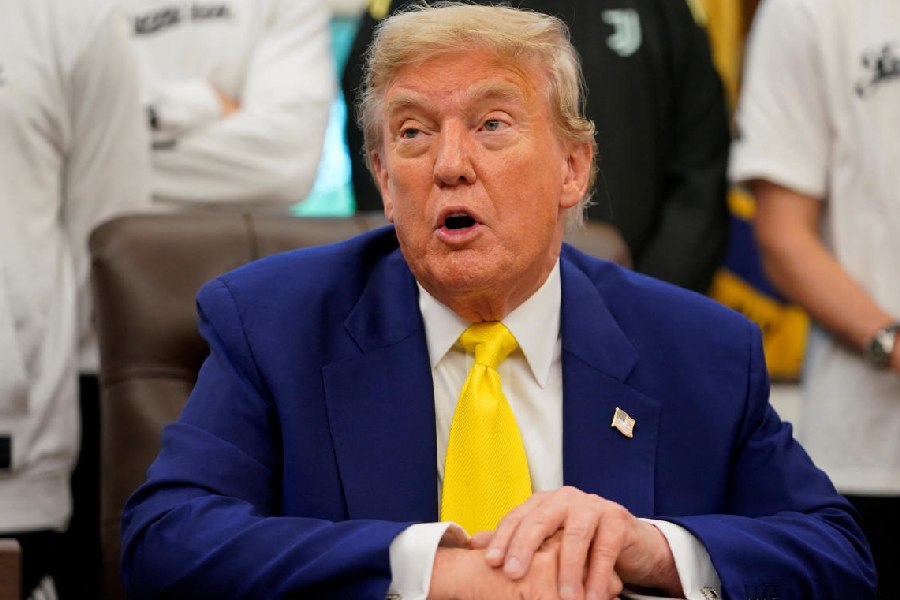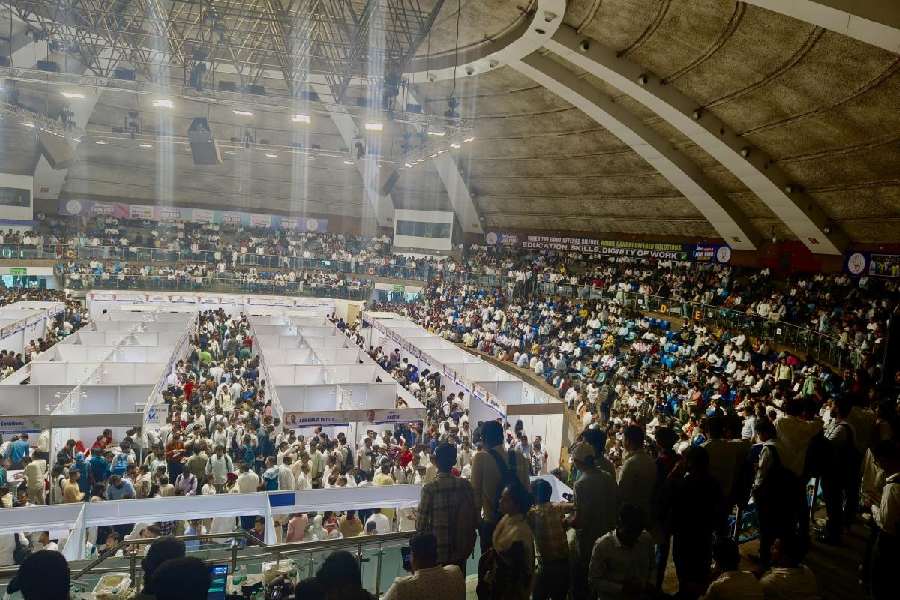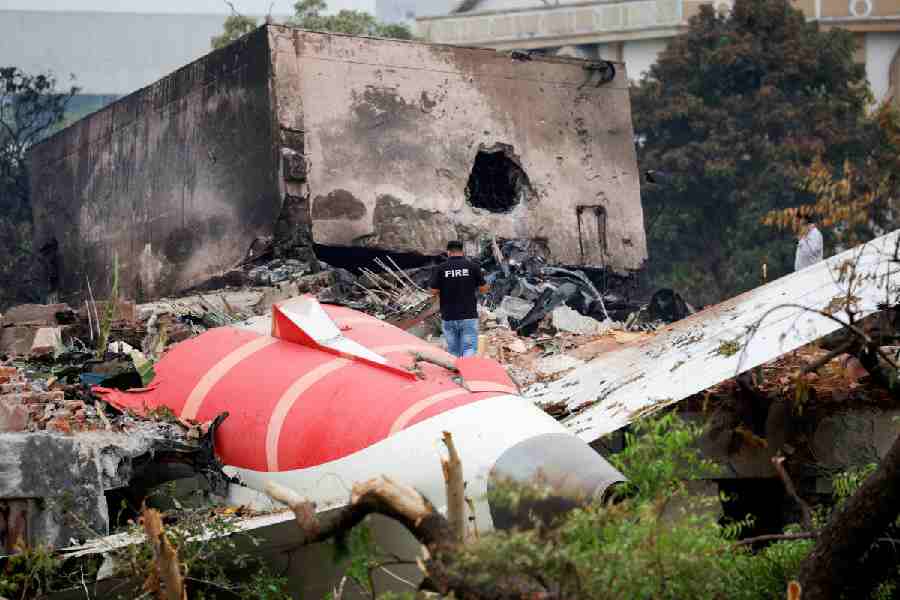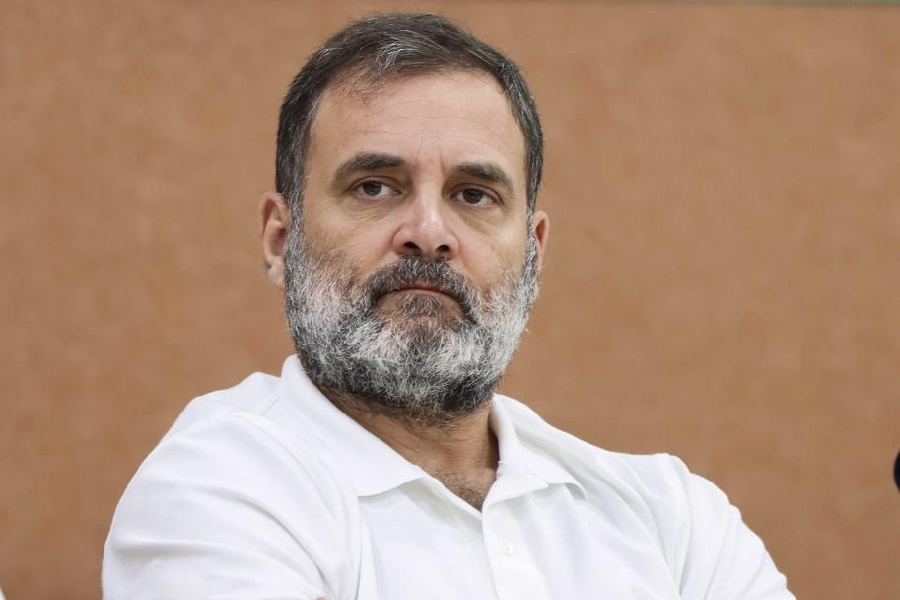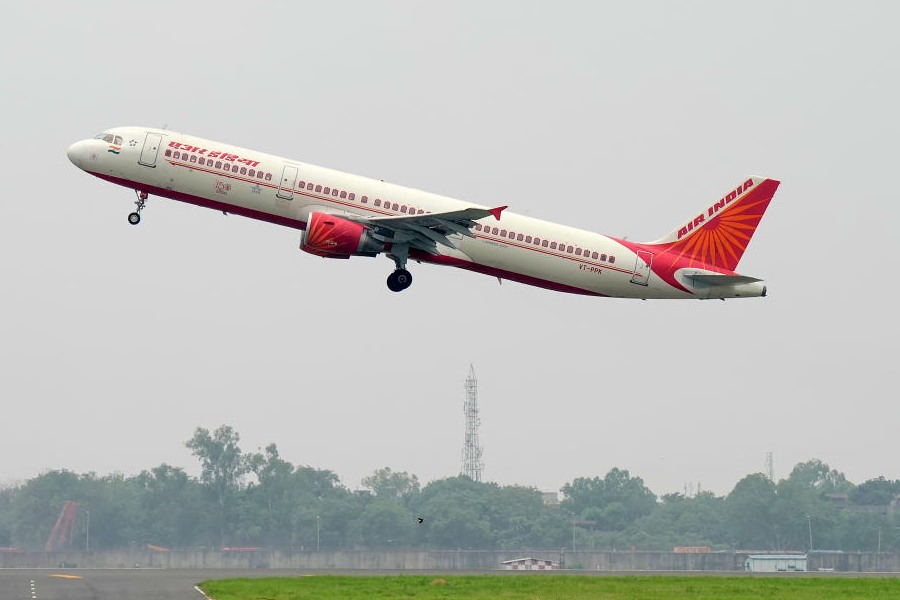Shillong, Dec. 9: History waits to be unfolded in this hill city following the approval of the Union cabinet on Wednesday to create separate high courts for Meghalaya, Manipur and Tripura.
Chaired by Prime Minister Manmohan Singh, the cabinet had approved the proposal to amend the North-Eastern Areas (Reorganisation) Act, 1971, for the establishment of separate high courts in the three states.
All the seven states of the region now come under the jurisdiction of Gauhati High Court. Since 1974, Shillong was made a bench of the principal seat.
The Centre is expected to get the amendment to the act passed in the current winter session of Parliament.
The Shillong bench of the high court was constituted under Section 31(3) of the North Eastern Areas Re-organisation, Act, 1971, and established on September 4, 1974.
However, as a circuit bench, the Shillong bench was not sitting regularly till the establishment of the permanent bench on February 4, 1995.
From 1974 till February 2010, the bench functioned from the premises near the Assembly secretariat. Currently, the bench is located in a sprawling area near the state secretariat.
The new structure, where the foundation stone was laid in 2002 by then Union law minister Arun Jaitley, is, however, yet to be officially inaugurated.
“We have the infrastructure that is required for the running of a separate high court,” a source told The Telegraph today.
Currently, there are four courtrooms in the bench, one of which is for the Chief Justice.
However, the source said more staff would be required as and when the high court comes into being.
On how a separate high court would further the cause of justice, the source said, “Depending on the number of judges, a separate high court would help in quick disposal of cases.”
Currently, there are around 800 cases pending in the Shillong bench. “With the separation of judiciary from the executive, we expect more cases to be brought forward as and when the high court is formed. We also expect more cases to be filed before the high court.”
In September, the first phase of the separation of the judiciary from the executive in Meghalaya was done from East Khasi Hills district.
However, the complete separation of the judiciary from the executive in the state is yet to take a concrete shape as vacancies for the posts of judicial magistrates are yet to be filled.
Recently, the Meghalaya Public Service Commission recommended seven names to be appointed as judicial magistrates after they cleared the written and viva voce exams of the Grade III Judicial Service. However, there are 14 vacancies under this category.
The plan was to have two judicial magistrates in each of the seven districts of the state. But since only seven could clear the examination, the vacant posts will have to be re-advertised.
Once all the 14 vacancies are filled, the separation of the judiciary from the executive will be further strengthened.
Senior advocate V.K. Jindal said the benefits of having a separate high court would depend on how the new high court would function.
“It (a separate high court) is indeed a good sign. However, the quick disposal of cases would largely depend on the number of judges to be appointed,” Jindal said.
While stating that the disposal rate in the lower courts should also improve, he said the separation of the judiciary from the executive is yet to take a concrete shape.
Meghalaya deputy chief minister Bindo M. Lanong yesterday expressed gratitude to the Prime Minister for the announcement made in the creation of a separate high court.
“The decision has come as a great relief for the people of Meghalaya who have been yearning for the establishment of a separate high court in the state,” Lanong said, in a letter to Singh.





